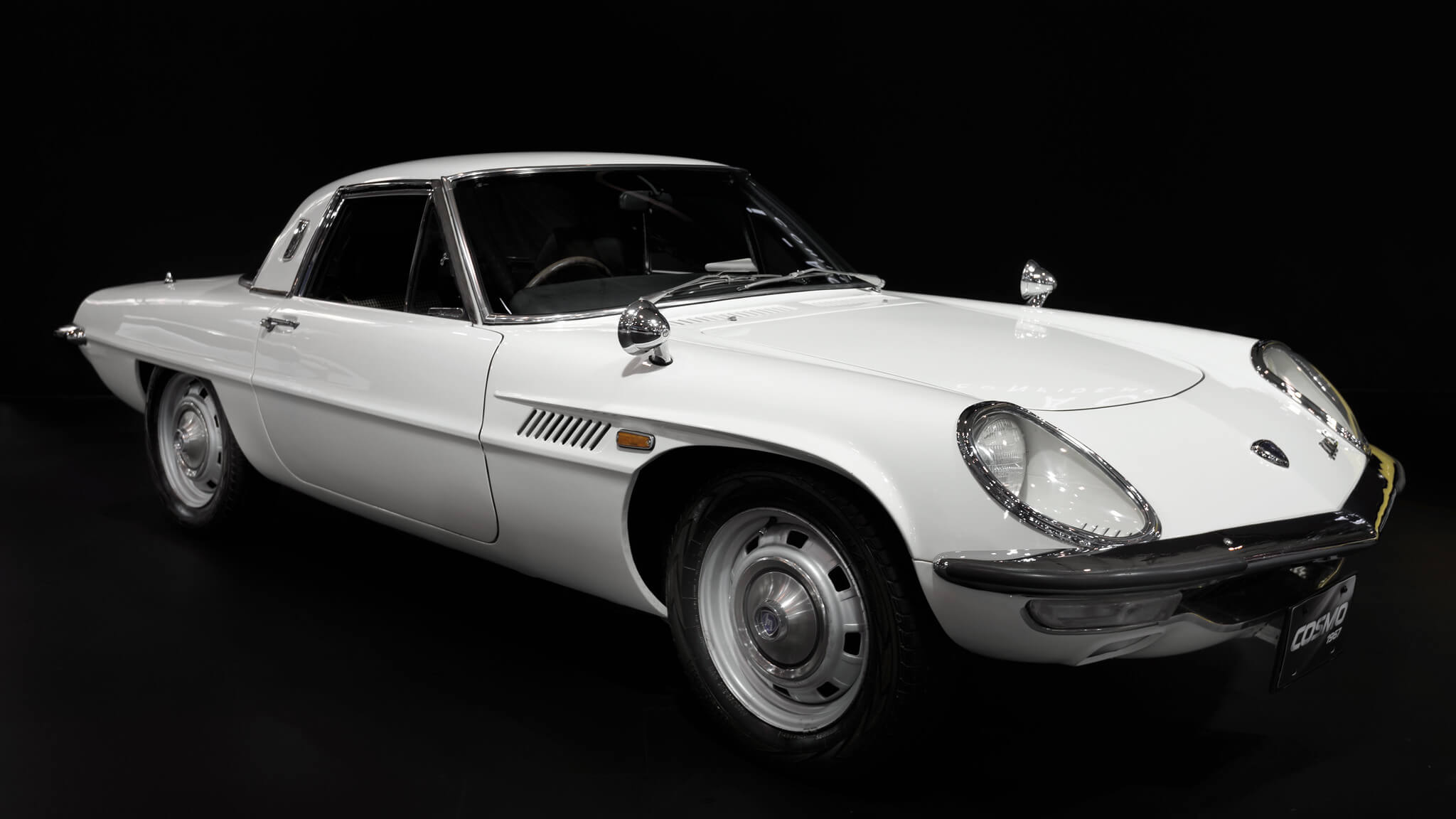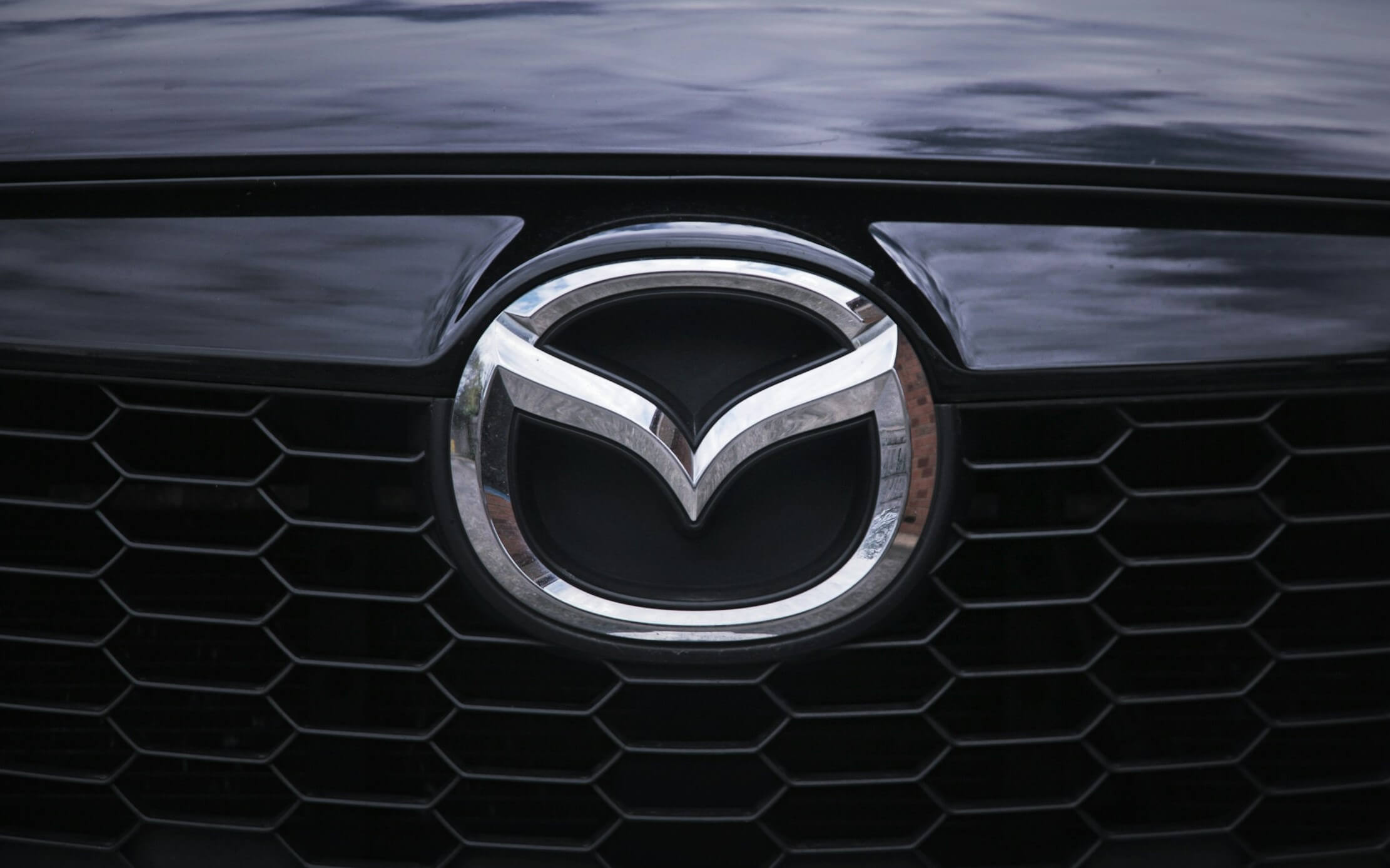
Mazda VIN Decoder
Mazda shot to fame in May 1967 when the world's first mass-produced car was equipped with a rotary engine. However, the rotary design is no longer the revolutionary engine it once was. A global trend to fuel efficiency and lower emissions was well underway by 2012, and Mazda had to abandon the rotary engine to history. In a twist, Mazda has announced plans to bring back the rotary concept paired with a hybrid-electric model.
Mazda uses the 17-digit alphanumeric code implemented by the NHTSA in 1981. The GoodCar VIN Decoder tool allows users to discover the exact meaning of each position and what the manufacturer wants the public to know about a specific model.
Each character in the 17-digit sequence corresponds to specific information about where the vehicle was manufactured and its options. Know instantly about any US or Canadian model from 1981 to the present. Input the 17-digit code into the application, and GoodCar scans millions of VINs to give the user a detailed report.
Deciphering a Mazda VIN
- 1
- F
- T
- 8
- W
- D
- 3
- T
- B
- 8
- U
- c
- 3
- 8
- 8
- 9
Where Can I Find the VIN on My Mazda?
Since 1981, the NHTSA (National Highway Traffic Safety Administration) has mandated two locations on a vehicle where a VIN code must appear. The first location is on the driver's side dashboard at the windshield, where the VIN must be visible through the glass. The second mandated location is on the driver's side B pillar about halfway down the post. The VIN will be stamped on a plaque that contains additional information, such as tire size and the needed air pressure.
Popular Mazda Models
In its short history, Mazda has produced some of the most luxurious sedans in the industry, including an aggressive two-seater and SUV.

The Mazda Miata is one of the brand's most recognizable roadsters. Since its introduction in 1989, the Miata has been credited with reviving the small roadster segment. The model is seen as a fun, economical four-cylinder sportscar for any age group.

Mazda offers a wide range of new models for 2024, with an all-out push to go electric. The CX-70 is at the forefront. Two models are offered: the Hybrid Inline 6 Turbo or the plug-in hybrid electric. The CX-70 has a good-looking, well-designed interior with futuristic exterior styling.

The Mazda 3 has always fit well into a narrow slice of the crossover sub-compacts. After a full redesign and performance upgrades, the Mazda 3 is starting to dominate several small subcompact trends. Start the engine on cold winter mornings or do a full scan, all from the convenience of a linked smartphone app.

Mazda Cosmos is a car that is on every iconic model made. Although the Cosmos is an odd-shaped vehicle, its claim to fame is its Wankel 2-Rotor Engine. Mazda began production on the car in 1967, but production ran for only five years. However, the Cosmos kept Mazda's faith alive in the rotary engine. Whether the Wankel Engine was ahead of its time or just another underpowered and fuel-inefficient engine, the Wankel never caught on with the public.

A GoodCar Vehicle History Search is a vital function for several groups of buyers and automobile managers. Prospective buyers of Mazda passenger cars and trucks should never make a purchasing decision without a GoodCar report.
Knowing any vehicle's title status instantly tells the buyer if it has been in a limited crash or is a total loss. A Salvage title means the insurance company has deemed the vehicle a total loss with no value. Rebuilt titles are crash vehicles that have been repaired to state standards but are unreliable. GoodCar reports provide information derived from state, local, and federal databases. Any water/flood damage, fire, or other natural event is reported.
Performance buyers want to know specifics about the engine size and transmission types. GoodCar's vehicle spec section provides accident records and odometer readings.
Mazda VIN Lookup
Odometer fraud is a fast-growing, insidious automotive crime. GoodCar tracks odometer readings from several sources, including state inspections, service records, and title transfers. Fleet managers know the wear and tear any truck or passenger car has endured over a specific period. Managers can verify and forecast annual mileage.
Vehicle history search services provide two vital pieces of information. First, NHTSA crash test ratings for a specific model and any current recalls from the manufacturer or the NHTSA should be included. Second, GoodCar searches state records for any Lemon Law violations. If a buyer has repeatedly taken their car to a dealership for a specific problem, and the dealership fails to fix the issue, buyers can declare the car or truck a Lemon. The state can legally have the manufacturer refund the buyer's money or replace the vehicle.
Mazda Recalls and Technical Service Bulletins
- Mazda recalls over 176,000 Mazda CX-3 vehicles due to a wiring problem that may reverse or disrupt the camera application. This issue may affect drivers who depend on the rear-view area to help with parking and other functions. Without the proper image, a chance of a crash may exist. Mazda will contact the owners when parts become available.
- One of the most recent recall notices for the 2024 CX-90 involved 43,752 vehicles. The recall is for a sudden increase in the weight of the steering column and pump. The issue is faulty lubrication inside the steering assembly, which may result in a complete loss of power. Mazda recommends parking the vehicle until it can be brought to the dealership for inspection and repair, free of charge.
- Mazda is the latest of several automakers recalling a range of SUVs and cars for stalling while driving. More than 121,000 models, including Mazda Model 3, hatchbacks, SUVs, Miata’s, and sedans, were affected. A faulty fuel pump may fail while the vehicle is in motion, which could cause a crash. These vehicles may also be hard to start. The problem was traced to a fuel pump OEM supplier for several automakers. Mazda dealerships will inspect and replace them free of charge.

